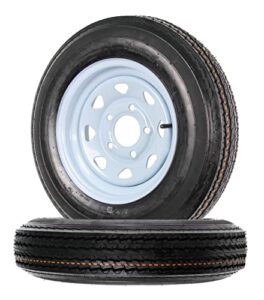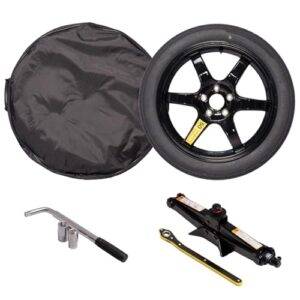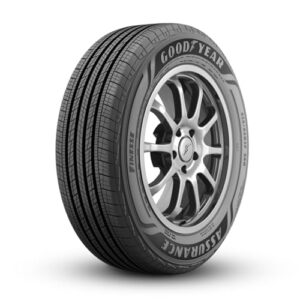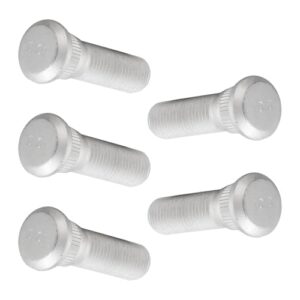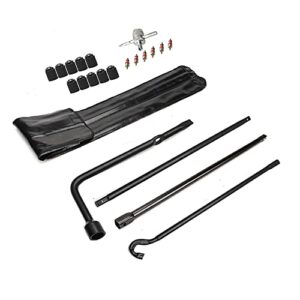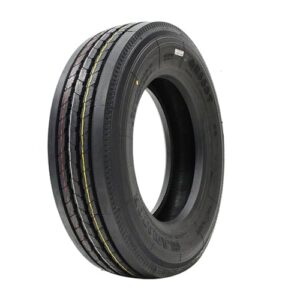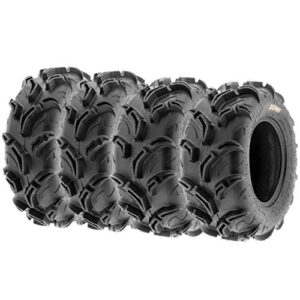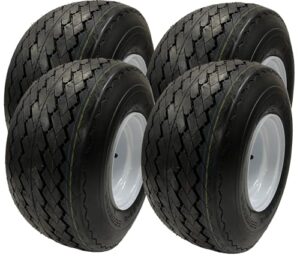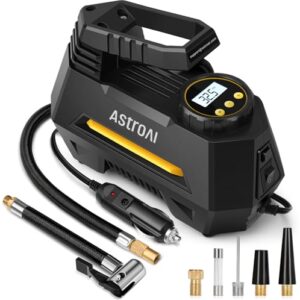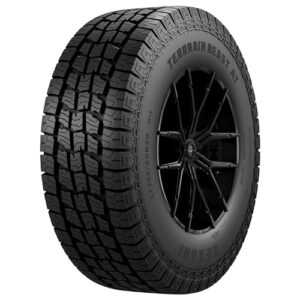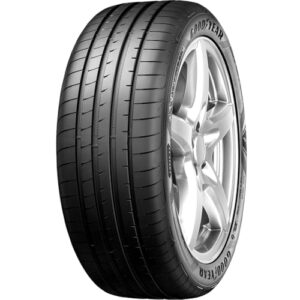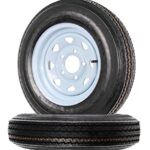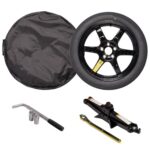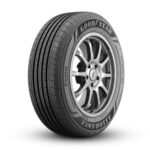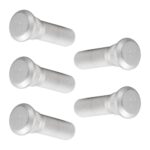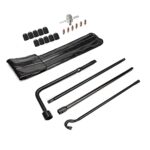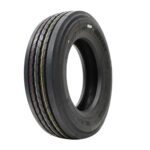To properly inflate tires, use a tire pressure gauge and match the PSI with the vehicle’s recommendations. Check the pressure when tires are cold.
Properly inflating your tires is crucial for safety and efficiency. Under-inflated tires can lead to poor fuel economy and reduced tire lifespan. Over-inflated tires can cause a harsh ride and uneven wear. Regularly checking and maintaining the correct tire pressure ensures optimal performance.
Refer to your vehicle’s manual or the placard inside the driver’s door for the recommended PSI levels. Always use a reliable tire pressure gauge for accuracy. Properly inflated tires improve handling, increase fuel efficiency, and increase safety. Make it a habit to check tire pressure at least once a month and before long trips.
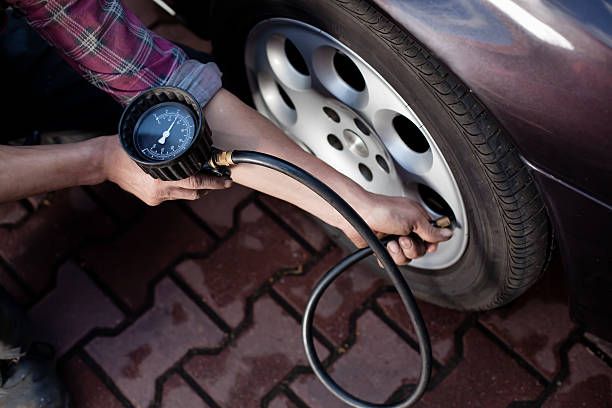
Importance Of Proper Tire Inflation
Proper tire inflation is crucial for vehicle performance. It ensures safety and efficiency. Under-inflated or over-inflated tires can cause issues. Regular tire checks are essential for optimal driving conditions.
Improved Safety
Proper tire inflation greatly increases vehicle safety. Under-inflated tires can overheat. This increases the risk of blowouts. Over-inflated tires have reduced traction. Both conditions lead to accidents.
A properly inflated tire offers better grip. This helps in smooth braking. It also ensures stable cornering. Regularly checking tire pressure is a simple safety measure.
Improved Fuel Efficiency
Properly inflated tires improve fuel efficiency. Under-inflated tires increase rolling resistance. This makes the engine work harder. More fuel is consumed as a result.
Maintaining the correct tire pressure ensures better mileage. It reduces the frequency of refueling. This is cost-effective and environmentally friendly.
| Tire Pressure Level | Impact on Fuel Efficiency |
|---|---|
| Properly Inflated | Optimal Fuel Efficiency |
| Under-Inflated | Increased Fuel Consumption |
| Over-Inflated | Reduced Traction |
Regular checks are essential for tire health. Use a tire pressure gauge. Ensure the pressure matches the manufacturer’s recommendation. This guarantees improved safety and fuel efficiency.
Tools You Need
Inflating your tires properly is essential for safety and performance. You need the right tools to get the job done efficiently. Below are the crucial tools you need to properly inflate your tires.
Pressure Gauge
A pressure gauge is vital for checking tire pressure. It ensures your tires have the correct amount of air. Here are some types:
- Pencil gauge
- Dial gauge
- Digital gauge
Digital gauges are the easiest to read. Dial gauges offer more accuracy. Always keep a pressure gauge in your car.
Air Compressor
An air compressor fills your tires with air. There are portable and stationary types. Here are some features to consider:
- Power source: electric or battery
- PSI rating: higher PSI means faster inflation
- Portability: lightweight and compact models are easier to carry
Portable air compressors are convenient for emergencies. Stationary models are suitable for home garages.
Checking Tire Pressure
Keeping your tires properly inflated is crucial for your safety. It also helps your vehicle’s performance and fuel efficiency. Regularly checking your tire pressure ensures that your tires wear evenly. This guide will show you how to check your tire pressure correctly.
When To Check
It’s best to check your tire pressure at least once a month. Also, check it before long trips. Tires can lose air due to changes in temperature. Check the pressure in the morning, when the tires are cold. This gives you the most accurate reading.
How To Measure
First, you’ll need a tire pressure gauge. You can use a digital or manual gauge. Follow these steps:
- Remove the valve cap from your tire.
- Press the gauge onto the valve stem.
- Read the pressure on the gauge.
- Compare it to the recommended pressure in your vehicle’s manual.
- If needed, add or release air until the pressure matches the recommendation.
Here is a quick reference table:
| Step | Action |
|---|---|
| 1 | Remove valve cap |
| 2 | Press gauge onto valve stem |
| 3 | Read pressure |
| 4 | Compare to recommended pressure |
| 5 | Adjust air as needed |
It’s important to check all four tires. Don’t forget to check your spare tire, too. Proper tire pressure keeps you safe and saves you money.

Finding The Right Pressure
Properly inflating tires is crucial for a safe drive. Finding the right pressure is key. This guide will help you understand the correct tire pressure for your car.
Manufacturer Recommendations
Your car’s manufacturer knows best. Check the owner’s manual for recommended tire pressure. You can also find this information on a sticker inside the driver’s door.
The recommended pressure is usually listed in pounds per square inch (PSI). Use this number as your guide. Do not guess or use the tire’s maximum PSI. This can be dangerous.
Adjusting For Conditions
Conditions affect tire pressure. Check tire pressure when tires are cold. This means before driving for a long time.
Temperature changes can also impact tire pressure. In colder weather, tire pressure drops. In warmer weather, it rises. Adjust the pressure accordingly.
| Condition | Recommended Adjustment |
|---|---|
| Cold Weather | Add 1-2 PSI |
| Hot Weather | Reduce by 1-2 PSI |
For long trips, check the pressure before you leave. This ensures a smooth and safe journey.
By following these tips, you can keep your tires properly inflated. This will improve your car’s performance and keep you safe on the road.
Steps To Inflate Tires
Inflating tires properly ensures safety and better vehicle performance. Follow these simple steps to inflate your tires correctly.
Preparing The Tire
- Park your car on a flat surface.
- Turn off the engine and engage the parking brake.
- Locate the tire’s valve stem.
- Remove the valve cap and keep it safe.
- Check the recommended tire pressure.
- Use a tire gauge to measure current tire pressure.
Using The Air Compressor
- Turn on the air compressor.
- Connect the air hose to the tire’s valve stem.
- Inflate the tire to the recommended pressure.
- Check the pressure with the tire gauge.
- Repeat steps if necessary to reach the correct pressure.
- Remove the air hose and replace the valve cap.
- Turn off the air compressor.
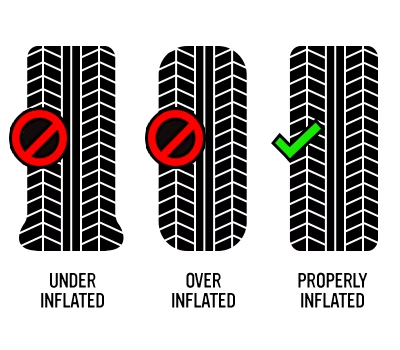
Common Mistakes
Properly inflating tires is crucial for safety and performance. Yet, many make mistakes. These errors can lead to dangerous driving conditions. Let’s look at the most common mistakes.
Over-inflation
Over-inflation happens when tires have too much air. This can cause several issues:
- Reduced Traction: Over-inflated tires have a smaller contact patch with the road. This leads to less grip.
- Uneven Wear: Tires wear out faster in the center if they are over-inflated.
- Risk of Blowouts: Too much pressure makes tires more prone to bursting.
To avoid over-inflation, always check the recommended tire pressure. Use a reliable gauge to measure the pressure.
Under-inflation
Under-inflation is when tires don’t have enough air. This can be just as dangerous:
- Poor Fuel Efficiency: Under-inflated tires create more rolling resistance. This means your car uses more fuel.
- Increased Wear: Tires wear out faster on the edges if they are under-inflated.
- Handling Issues: Low-pressure tires can make the car harder to control.
Check tire pressure regularly to prevent under-inflation. Follow the manufacturer’s guidelines for optimal pressure.
| Issue | Effect |
|---|---|
| Over-Inflation | Reduced Traction, Uneven Wear, Risk of Blowouts |
| Under-Inflation | Poor Fuel Efficiency, Increased Wear, Handling Issues |
Always use a trusted gauge for checking tire pressure. This ensures your tires are properly inflated.
Maintaining Consistent Pressure
Maintaining consistent pressure in your car tires is crucial. Properly inflated tires ensure safety, improve fuel efficiency, and extend tire life. This section will guide you on regular checks and seasonal adjustments to keep your tires in top condition.
Regular Checks
Performing regular checks on your tire pressure is essential. Use a reliable tire pressure gauge to measure the pressure. Aim to check your tire pressure at least once a month.
Refer to your car’s manual for the recommended pressure levels. Note that the pressure should be measured when tires are cold.
| Vehicle Type | Recommended Tire Pressure (psi) |
|---|---|
| Sedan | 32-35 |
| SUV | 35-40 |
| Truck | 40-45 |
If the pressure is too low or high, adjust accordingly. Use an air compressor or release air to achieve the recommended levels.
Seasonal Adjustments
Temperature changes affect tire pressure. Air expands in heat and contracts in cold. This makes seasonal adjustments necessary.
During winter, tire pressure drops. Check tire pressure more frequently in winter. Add air if necessary.
In summer, tire pressure increases. Ensure it does not exceed the recommended levels. Release air if needed.
- Check pressure in the morning.
- Account for temperature changes.
- Keep a tire pressure gauge handy.
Maintaining the correct tire pressure improves your car’s performance and safety.
Additional Tips
Inflating your tires correctly is important. But there are more things to consider. Below are additional tips to keep your tires in top shape.
Tire Rotation
Regularly rotating your tires helps them wear evenly. Uneven wear can lead to reduced tire life. Rotate your tires every 6,000 to 8,000 miles. Follow your vehicle’s manual for specific instructions.
| Mileage | Action |
|---|---|
| 6,000-8,000 miles | Rotate Tires |
Visual Inspections
Check your tires regularly for visible damage. Look for cuts, cracks, or bulges. These could indicate bigger problems. Inspect the tread for even wear patterns. Use a tread depth gauge for accurate results.
- Look for cuts, cracks, or bulges
- Check tread wear with a depth gauge
- Inspect for foreign objects in the tire
Maintain proper tire pressure for safety. Under-inflated or over-inflated tires can be dangerous. Use a reliable tire pressure gauge. Check the pressure monthly. Inflate to the recommended levels found in your vehicle’s manual.
- Use a reliable tire pressure gauge
- Check pressure monthly
- Inflate to recommended levels
These tips can keep your tires safe and long-lasting.
Frequently Asked Questions
How Do You Accurately Inflate Tires?
Check the recommended pressure in your car’s manual or door sticker. Use a reliable pressure gauge. Inflate tires when cold. Adjust to the correct PSI. Recheck for accuracy.
How Do You Know How Much Air To Put On Tires?
Check your vehicle’s owner’s manual or the tire placard inside the driver’s door. Use a tire pressure gauge.
How To Fill Up Air In Tires At A Gas Station?
Pull up to the air pump. Remove tire valve caps. Attach the air hose to the valve. Inflate to recommended PSI. Replace valve caps.
How High Should I Inflate My Tires?
Check your vehicle’s manual or the sticker inside the driver’s door for the recommended tire pressure. Maintain this level for optimal performance.
Conclusion
Properly inflating your tires ensures safety and longevity. Regularly check your tire pressure for optimal performance. Use a reliable pressure gauge and follow your vehicle’s recommendations. Taking these steps will improve fuel efficiency and reduce wear. Keep your tires in top shape to improve your driving experience.




